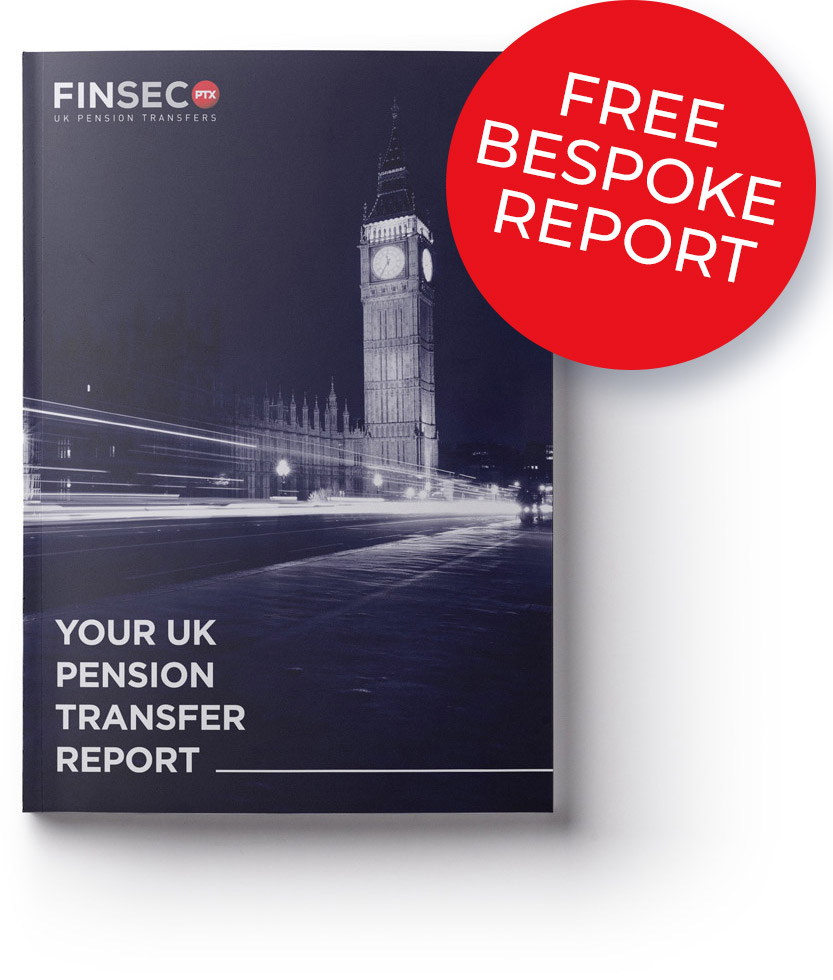UK PENSION TRANSFER TO AUSTRALIA: MYTHS BUSTED
With constant change, comes a lack of clarity and potential misunderstanding… the real truth might just surprise you.
Yes you can… and I can service my own car, but I know I’ll make mistakes with it.
Historically (before all the changes) product providers were willing to give out enormous help and guidance (as distinct from advice) to people wanting to transfer. However the world changed in April 2015 (and subsequently again in May 2016 and April 2017) adding a huge layer of complexity. Today, the same product providers once so eager to help will not afford any assistance out of fear of getting it wrong.
The need for advice and ensuring things are done at the right time and in the right order is crucial.
It may not be rocket science (depending on the complexity of the transfer and the individual’s circumstances) however get the process wrong and you can create restrictions for yourself or trigger unwanted tax consequences in both the UK or Australia.
On a weekly basis we get a phone call from someone that has come ‘unstuck’ trying to DIY. Sometimes we can help, sometimes it’s too late…
A lot of people think they can’t transfer once they turn 65 but this is not necessarily true. It is true that some schemes will not allow a transfer if you are within 12 months of your selected retirement date (in the UK this is often 65 years of age). So one of the first things we need to understand is if the trustees of your UK scheme will allow the transfer.
Secondly, an individual is eligible to make non-concessional contributions until one month past their 75th birthday. Due to part of your transfer being considered to be a non-concessional after tax contribution (valued at date of AUS tax residency), we need to ensure that any transfer from the UK is completed before this time.
Like building a house, we all want it finished today, but it’s going to take a few months.
This is certainly true and it might be the case for many but a transfer is not a transaction it requires advice and through the advice process the correct way forward will be uncovered. Large transfers do bring complexity and the considerations are many; historical values, contribution strategy and UK lifetime allowance limits to name a few.
In some cases we find that deliberately breaking the non-concessional cap is advantageous, yet in others this same strategy could trigger UK tax implications – There is no hard and fast rule, the solution is different for each individual and the key is tailored advice.
A natural misconception but not necessarily the case. Defined Benefit/Final Salary transfers are driven largely by bond markets (or in simple terms interest rates) and where interest rates increase (as most would expect to happen across the western world as they recover their economies), transfer values are likely to fall.
What’s more there is currently a consultation by the UK Department for Work and Pensions (DWP) on how to maintain these Defined Benefit/Final Salary schemes as they are grossly underfunded.
You may be surprised by the actual value of your pension.
There are two main types of UK pensions:
- Defined benefit/final salary
- Accumulation funds (personal, money purchase, or SIPP)
If you have an accumulation fund then you may well be right, the value is set and clear so that number needs to be large enough to justify the cost of the transfer.
However with defined benefit schemes you don’t have a value, instead what you have is a pension at date of leaving that needs to be protected, re-valued and preserved in-line with UK legislation. The corresponding actuarial value behind this is far higher than 99% of clients think.
Why? The easiest way to understand it is interest rates. When interest rates are low (as they are currently worldwide), then the actuary is going to have to put a lot more cash aside to get the yield to meet your pension obligation.
Simplistically when interest rates double, transfer value halves.
Our belief is, if it makes sense to transfer then you do it straight away.
Too many people have held off ‘waiting for better days’ only to be faced with changes that either forced their hand (at an even higher exchange rates) or in some cases rendered them ineligible to transfer at all.
At FinSec PTX we have a solution in place to transfer the money in sterling into a sterling bank account within the superannuation fund. You can then control exactly when you are going to convert all or some of that money progressively into Australian dollars.
HMRC became extremely concerned with people transferring to a country where they did not have residency i.e. tax evasion and people trying to find a loophole to get their money to Australia) and therefore brought in new rules on the 9 March 2017. Effectively these new rules state that QROPS transfers offshore will incur an Overseas Tax Charge (OTC) of 25% on the total transfer value if the individual does not reside in the same country as the QROPS.
On the face of things this would appear to be the case but once again it is about advice. With a clear understanding of UK and Australian legislation and how they interact with one another it is quite possible to overcome this.
We can and have created situations where clients have not had to pay tax on withdrawals within the QROPS control period, but only if the right process, in the right order is followed.
This is not a myth, there are very few.
Generally speaking in the pension transfers space there are only a handful of key players, add to this SMSF speciality and the number halves again.
At FinSec we have specialised in both pension transfers and SMSF independently of each other for over 20 years.
